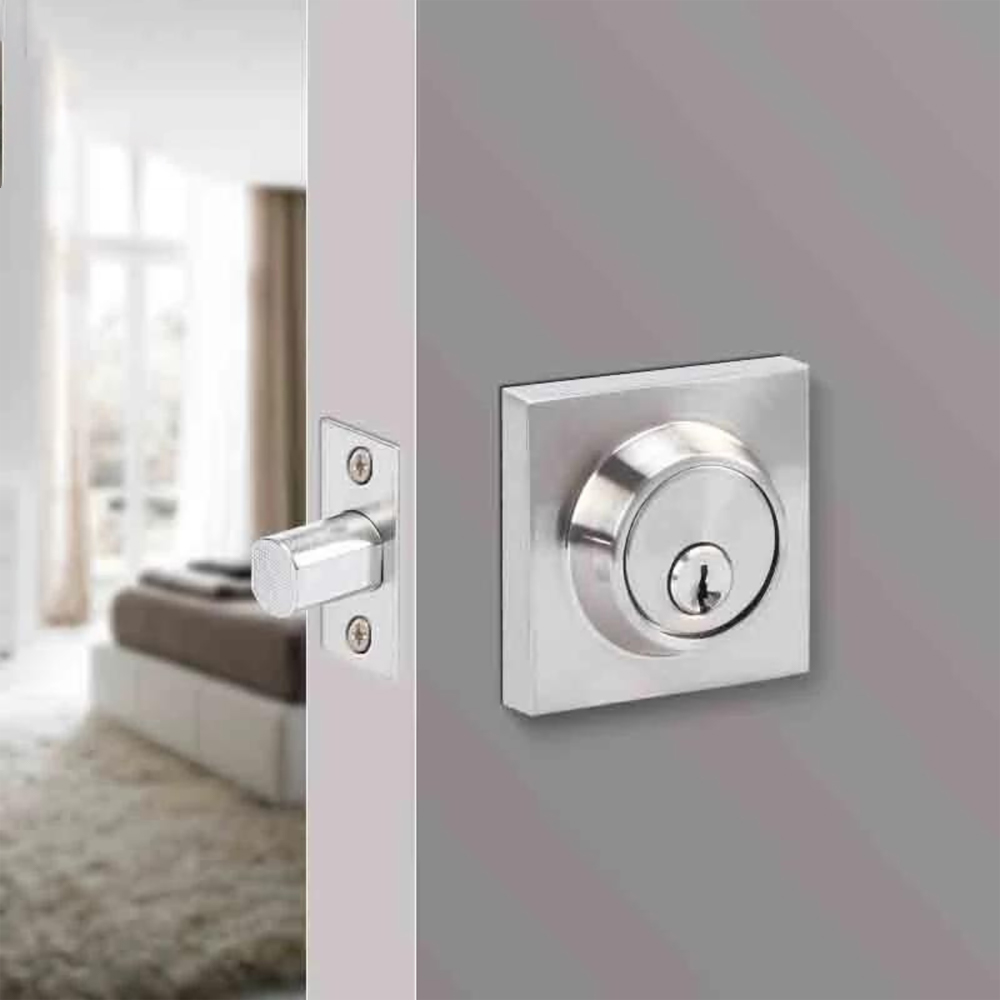Knowing the significance of door locks and their component pieces is critical when it comes to home and business security. Door locks protect our most treasured areas and are more than just devices. They are the first line of defence. Being aware of the parts—from the lock body to the more sophisticated features like deadbolts—allows people to make more educated selections, which improves security and peace of mind. Let’s examine these components’ meanings and discover the mysteries of a safe and hospitable entrance.
Importance of Knowing Door Lock Parts

To enhance security measures at home or in business settings, it is imperative to know the distinct parts of door locks. To begin with, knowing these components raises security awareness, enabling people to identify any weak points and take the necessary security measures. People may effectively protect their assets by making educated judgments based on their understanding of how locks work.
Also, having a working knowledge of door lock components makes communicating with locksmiths easier. Being able to identify certain components or difficulties when faced with problems or in need of upgrades guarantees a quicker and more effective fix. Effective communication reduces miscommunication and speeds up the installation or maintenance procedure.
Troubleshooting and maintenance become easier with an understanding of door lock parts. Those with rudimentary locksmith skills may fix small problems on their own, such as releasing a stuck cylinder or realigning a latch. This increases the lifespan and general functionality of the locks in addition to saving time and money.
Basic Door Lock Components

It’s essential to know the fundamental elements of door locks for anyone concerned about security at home or in the workplace.
Lock Body
The lock’s internal mechanisms reside centrally in the lock body. It secures everything and chooses the lock type—mortise or cylindrical, for example. Commercial structures often have mortise locks because they provide strong security, whereas residential settings typically use cylindrical locks because of their ease of use.
Cylinder
The magic occurs within the cylinder. It has a keyway, or slot, in which the key is placed. Cylinders come in several varieties, such as wafer and pin-tumbler cylinders. Pin tumbler cylinders are often used and have different length pins that line up to unlock the lock. In contrast, thin wafers function in wafer cylinders rather than pins.
Key
This enchanted wand is the key that opens the door. It is the tool used to turn on the lock and enter the restricted area. Different kinds of keys exist, such as conventional metal keys and electronic keys that are utilized in contemporary smart locks. For optimal performance and security, you must be aware of the kind of key that your lock employs.
Additional Components
Let us reveal the mysteries surrounding the other elements that enhance the performance and appearance of door locks:
Latch
The unsung hero that engages with the strike plate to secure the door in the closed position is the latch. The degrees of security and usability offered by various latch types, such as deadlatches and spring latches, vary. Residential settings often use spring latches, although deadlatches provide enhanced security, preventing forced entry.
Strike Plate
Consider the striking plate to be the latch’s faithful partner. Attached to the door frame, it makes a secure connection by receiving the latch or bolt when the door has become closed. A strong and properly positioned striking plate strengthens the door against outside pressures and increases the lock’s overall efficacy.
Handles and Knobs
These are the friendly faces of your door lock, providing a comfortable grip for operating the lock. Available in various styles and materials, handles and knobs contribute not only to functionality but also to the overall aesthetic appeal. From classic designs to modern and sleek options, these components allow individuals to personalize their doors while maintaining security.
Advanced Features
Unlocking the future of door security reveals advanced features that add a high-tech edge to traditional locks:
Deadbolt
Meet the superhero of door security – the deadbolt. It provides an extra layer of protection against forced entry. With different types like single-cylinder, operated by a key on one side, and double-cylinder, requiring keys on both sides, deadbolts offer versatile solutions catering to specific security needs.
Electronic Components
Step into the modern era with door locks embracing electronic wizardry. Keypad or smart technology integration elevates security to new heights. Imagine a door that responds to a secret code or your smartphone. These electronic marvels offer keyless entry, eliminating the need for traditional keys, and providing remote control options, giving you the power to secure your space at your fingertips.
Final Words
The importance of door locks and knowing their parts extends beyond simple protection—it’s about creating a haven. Armed with knowledge about lock components, users can navigate security choices with confidence. Door locks become not just barriers but trusted allies, offering both physical and emotional security. Embracing this understanding ensures that every turn of the key becomes a gesture of safeguarding what matters most. So, lock in the knowledge, and unlock the potential for a secure future.
